How to choose the correct filter media for your aquarium
It can be challenging to decide the best filter media for your aquarium. Do you go with mechanical, biological, or chemical media? Every tank has different requirements, and what works in a 60l setup won't necessarily work in a 600l aquarium setup. In this article, we hope to explain the pros and cons of all the different types of filter media. We will also explain deciding which media is best for your setup.
What are the different kinds of filter media available?
Mechanical
The theory behind mechanical filtration is simple. Most commonly in the form of various densities of sponges and designed to capture detritus as it travels through the filter thanks to the power head. Fishkeepers employ different sponges for multiple reasons, depending on their aquarium setup.
Due to this type of filtration, excess food, fish waste, and decaying plant matter clog up the media. For this reason, regular cleaning is essential for the filter media to do its job correctly.
The three main types of mechanical media used in modern aquarium filters are:
- Filter pad - Commonly used in small internal filters or cartridges in most Hang-on-back filters.
- Foam/sponge block - Very popular in internal and external canister filters. Available in various densities as described above.
- Filter floss - Filter floss is handy in all filters. It can be used inside canisters and is an excellent water polisher. Easily cut into a variety of shapes and sizes. Filter floss can also be layered up to increase its effectiveness.
Biological
Biological media, commonly referred to as biomedia, are arguably the most crucial element of a filtration system. Without biomedia, we would find maintaining our aquariums much more difficult. Biomedia is where the nitrifying bacteria colonise. Biological media serves a single purpose. To provide a physical surface for the bacteria to grow on.
Your livestock produce waste. All that poop will settle at the bottom of the aquarium substrate.
As the waste begins to break down, it produces highly toxic ammonia. Unless dealt with, ammonia will continue to build until the water becomes poisonous and potentially kill any fish or invertebrate exposed to it.
The beneficial bacteria in our aquariums help process all the fish waste before it becomes toxic. Beneficial nitrifying bacteria don't just swim around in the water column. They must colonise an area within the aquarium that receives a lot of water flow. By doing this, they'll have all the oxygen they need to breathe and as much fish waste to eat. Biological filter media acts specifically as a home for the beneficial bacteria in your filter. The bacteria attach themselves to the specially created surface of the filter media. If we provide them with everything they need, they quickly start to reproduce, eventually building up a colony big enough to process fish waste for you.
We must care for these vital bacteria colonies and never clean our filters in fresh tap water. Doing this would kill the bacteria and result in a rise in fish waste, eventually becoming toxic to the water.
Chemical
The purpose of chemical filtration is to remove substances in your water by utilising a chemical reaction. There are different kinds of chemical media available. One of the most widespread chemical filtration options is carbon. Nowadays, most filters come pre-installed with carbon media. Carbon effectively removes medications, discolouration, odours, and other problematic chemicals.
Most of the time, using carbon is beneficial and better in the aquarium than not. Although it will also remove helpful trace elements and micronutrients, carbon will also remove medications if used during the treatment of fish. Using carbon media at the end of the treatment period is advised to remove excess medication.
Activated carbon is the most popular method that removes things like tannins and dissolved organic compounds. The highly porous surface of the carbon granules absorbs pollutants very well and is an excellent way to 'polish' your aquarium water, making it very clear. Carbon is also effective when an ammonia spike has appeared in your aquarium.
Chemical filtration's primary purpose is to remove unwanted compounds such as nitrates or phosphates, and we have various products in store, depending on your needs.
Which filter media is suitable for your aquarium?
First, the type of filter you are running plays a crucial role when choosing filter media.
Many hang-on-the-back filters have limited space for media, so you have to choose what will fit. We also have to consider what we ultimately want to achieve. It is entirely acceptable to use different media at various times.
We should use mechanical filter media in all filters. Removing detritus from the water is a priority. Biological media should fill the remaining space within the filter with as much physical media as possible. Providing an area for beneficial bacteria to colonise is essential, making use of the different types of biomedia (ceramic, rock rubble or plastic) depending on your aquarium setup. The aim is to maximise the number of beneficial bacteria in the filter. More media means more surface area to colonise.


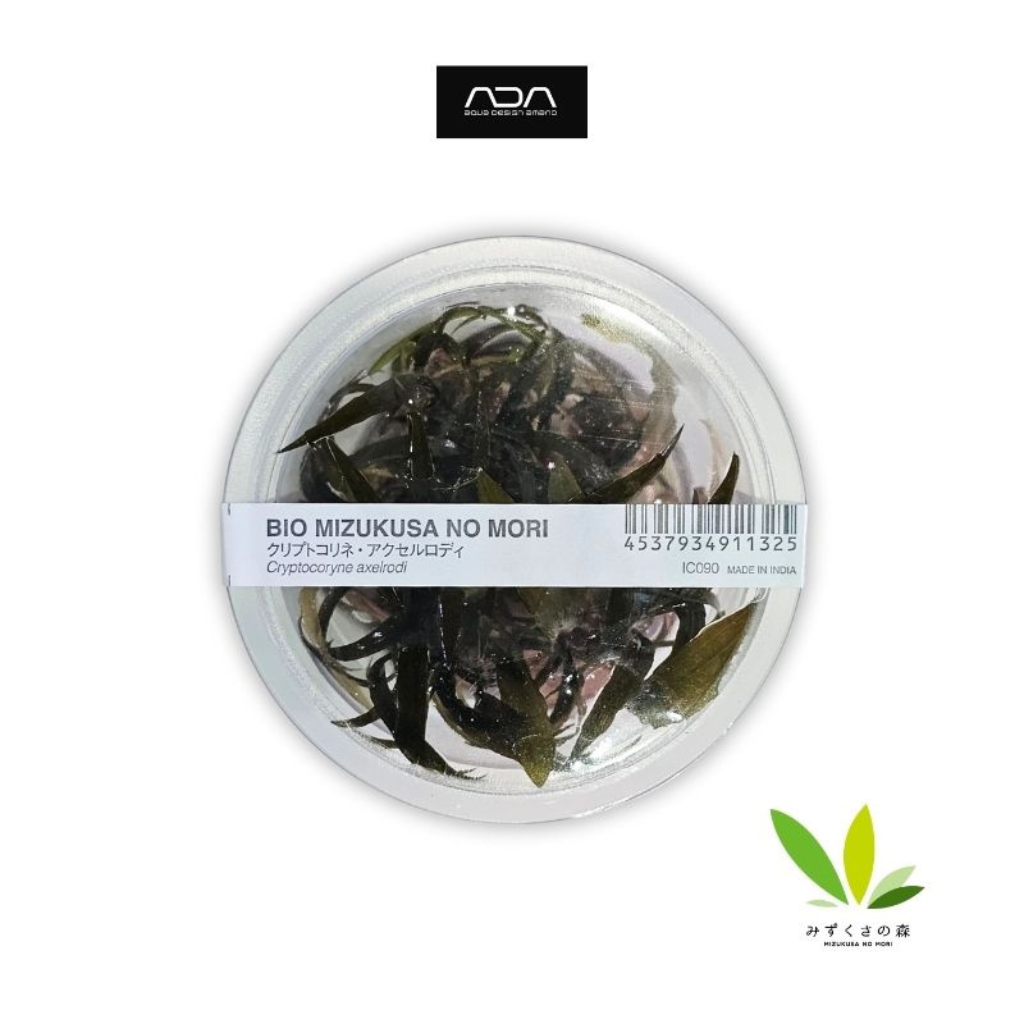
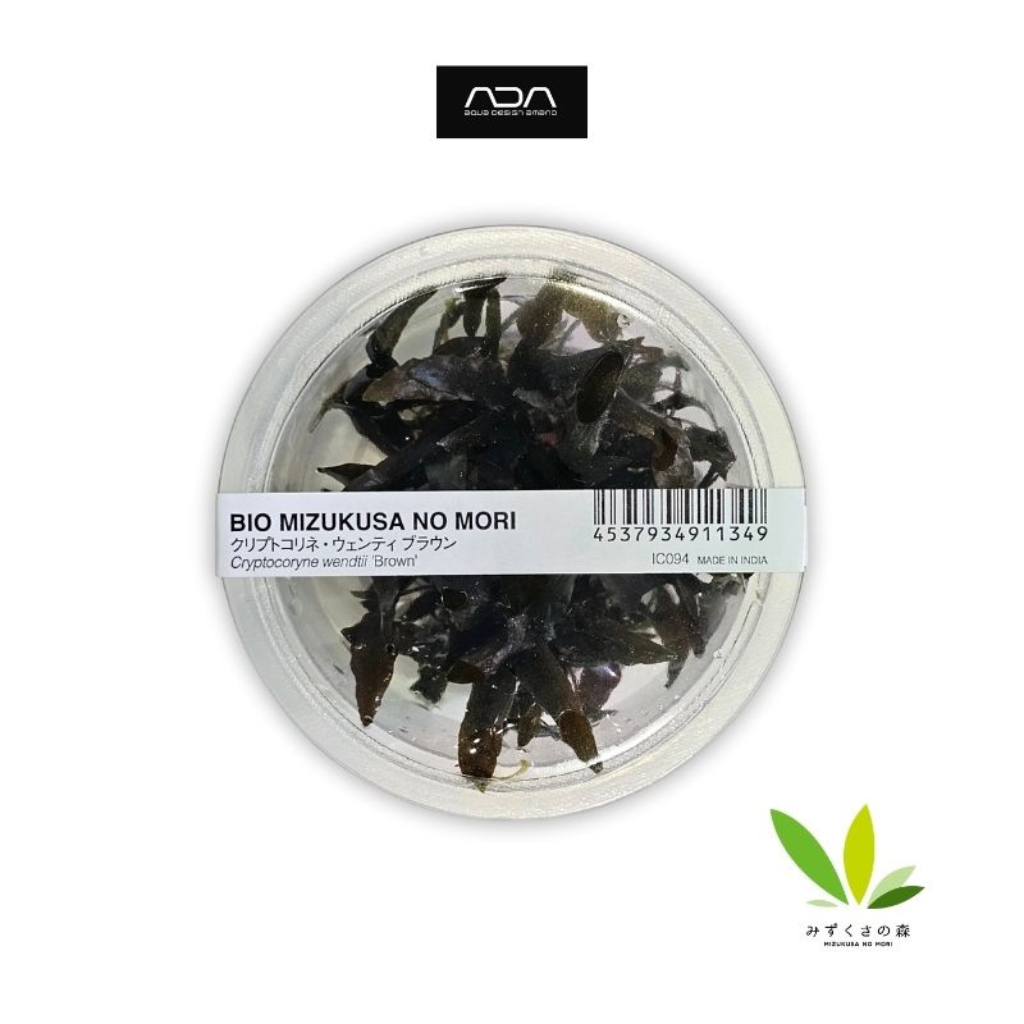
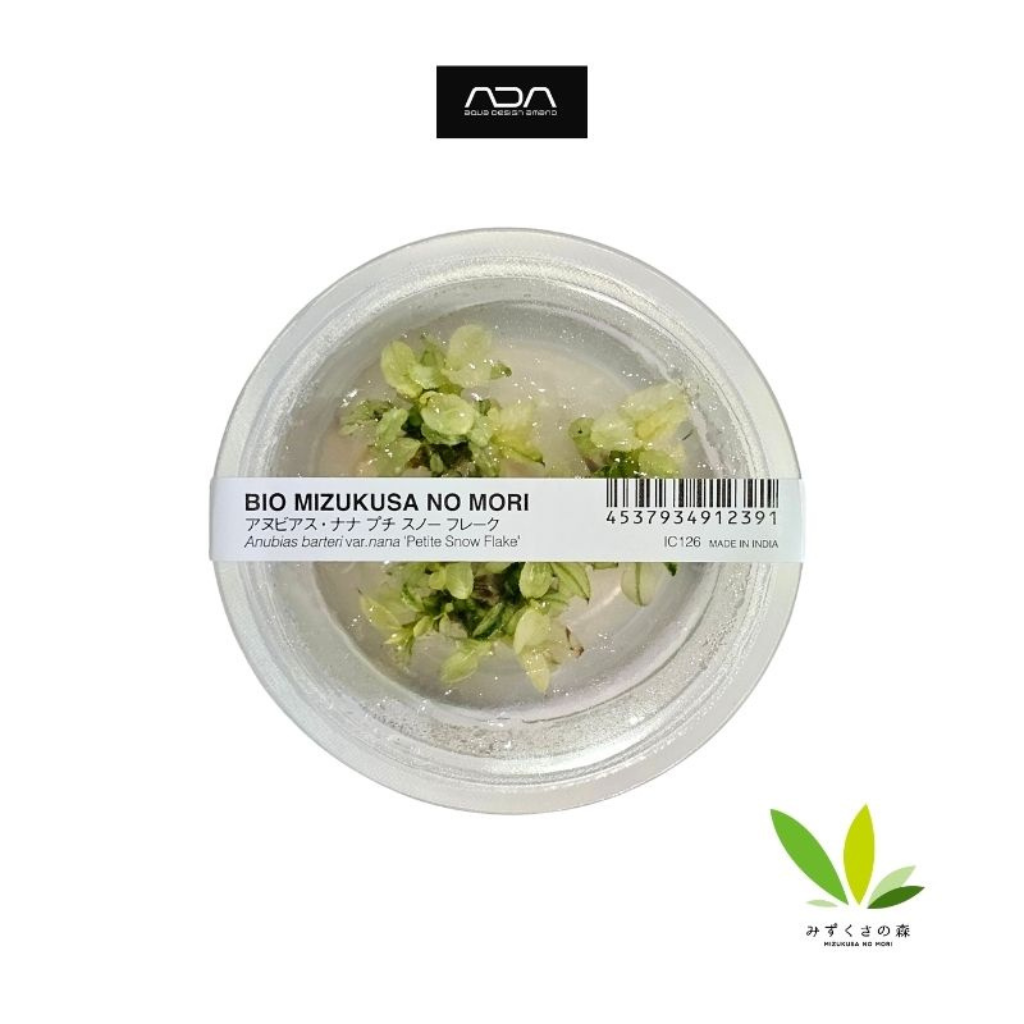
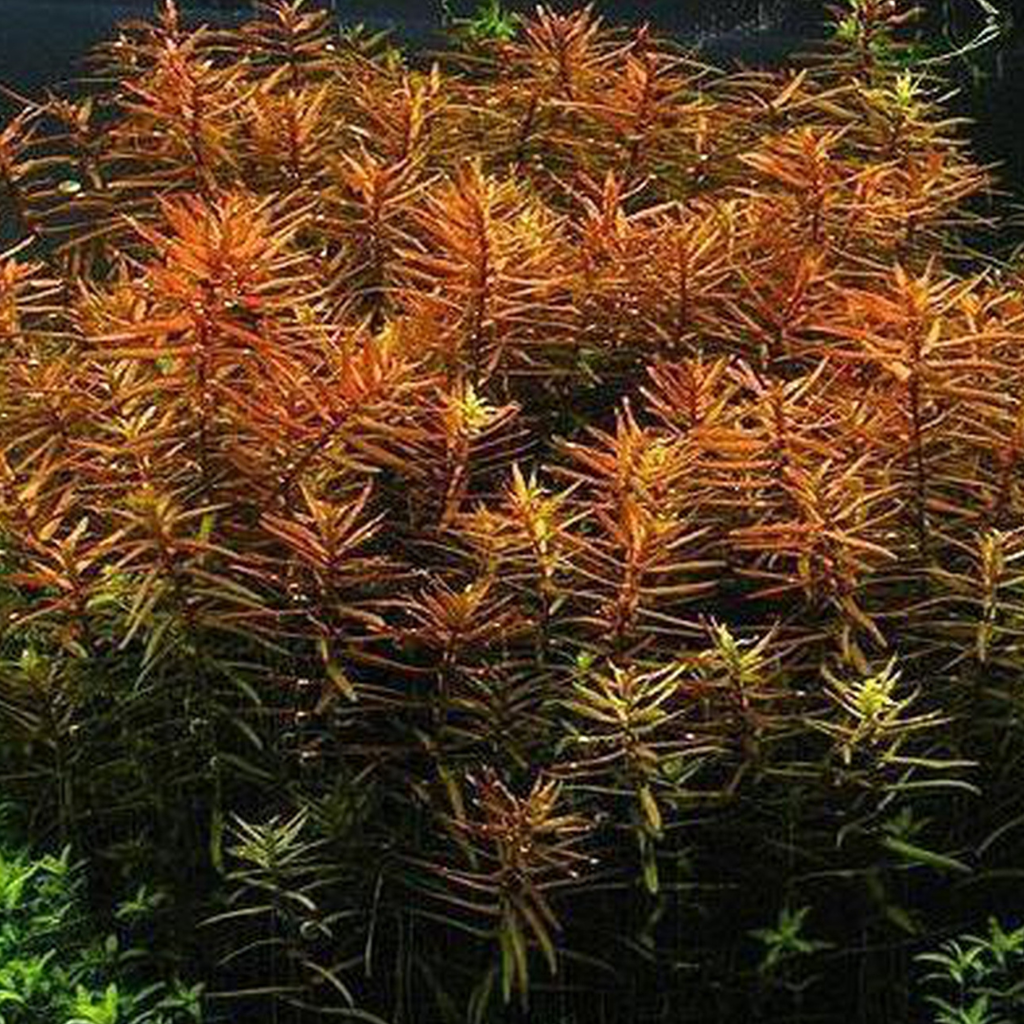
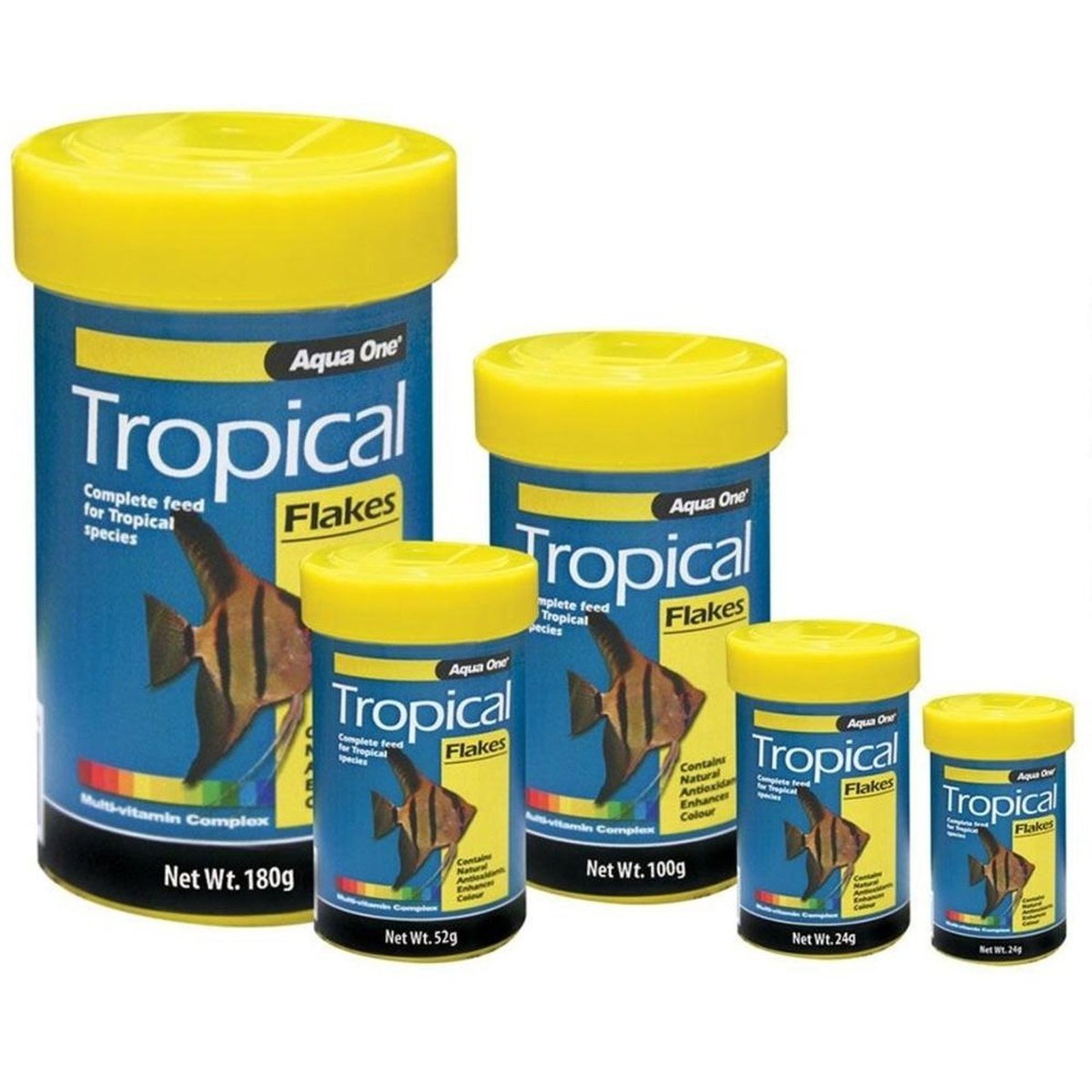
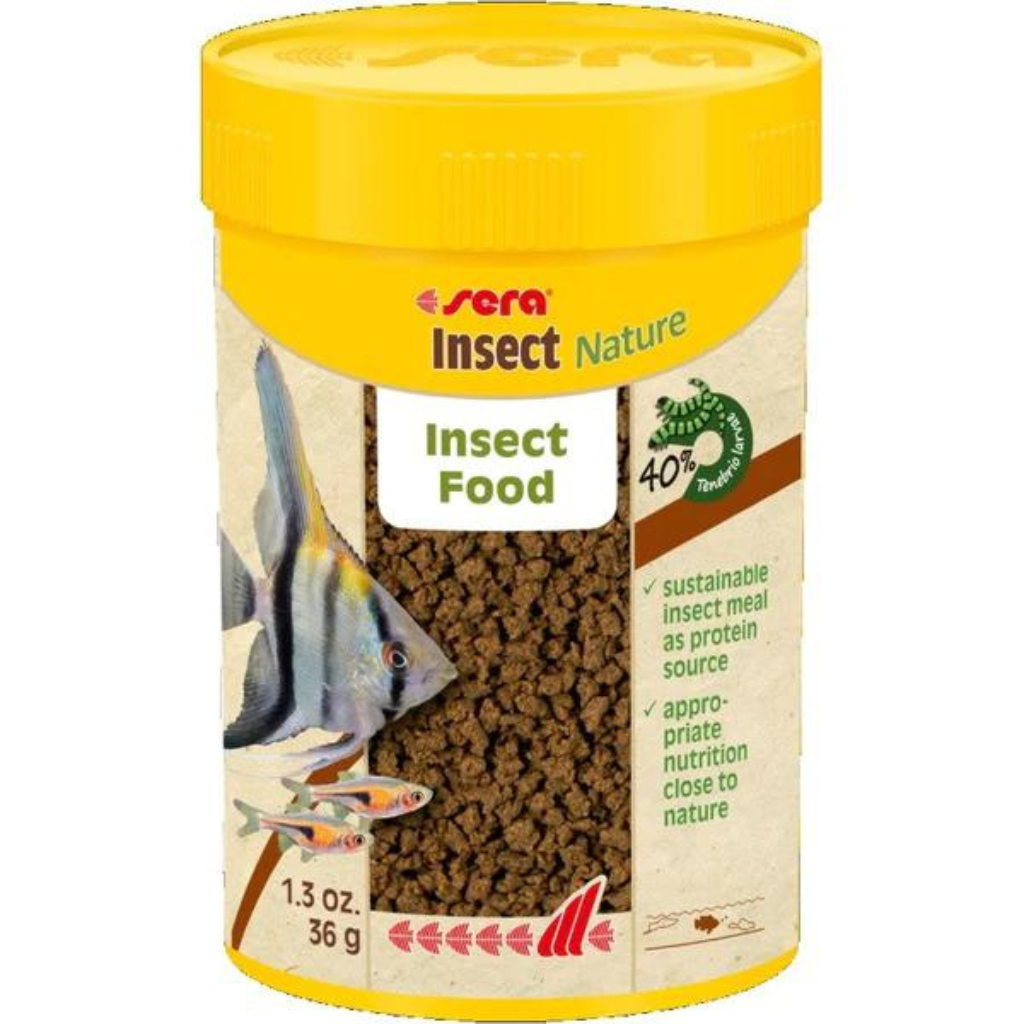
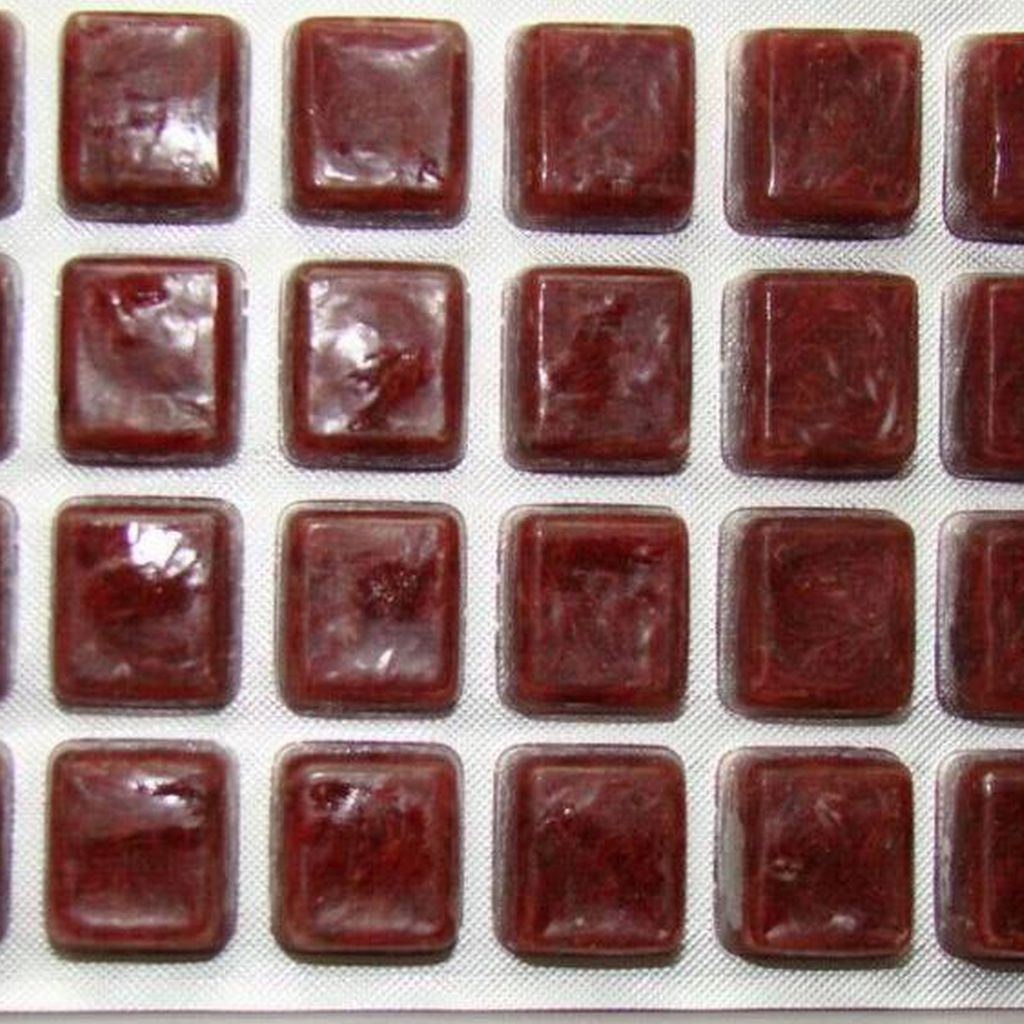

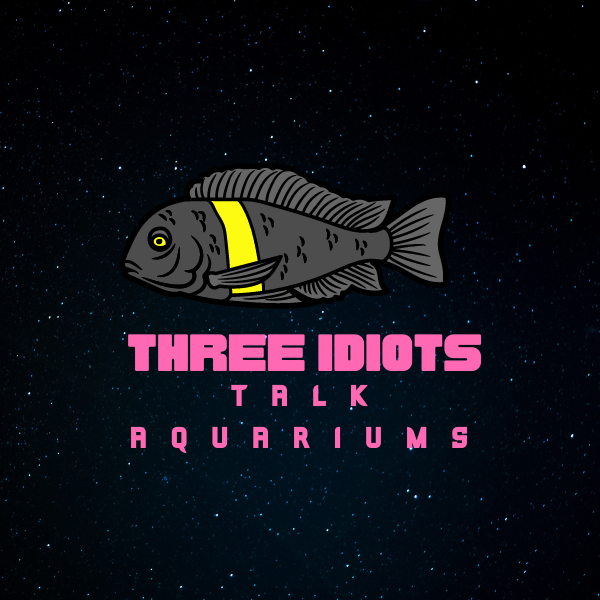



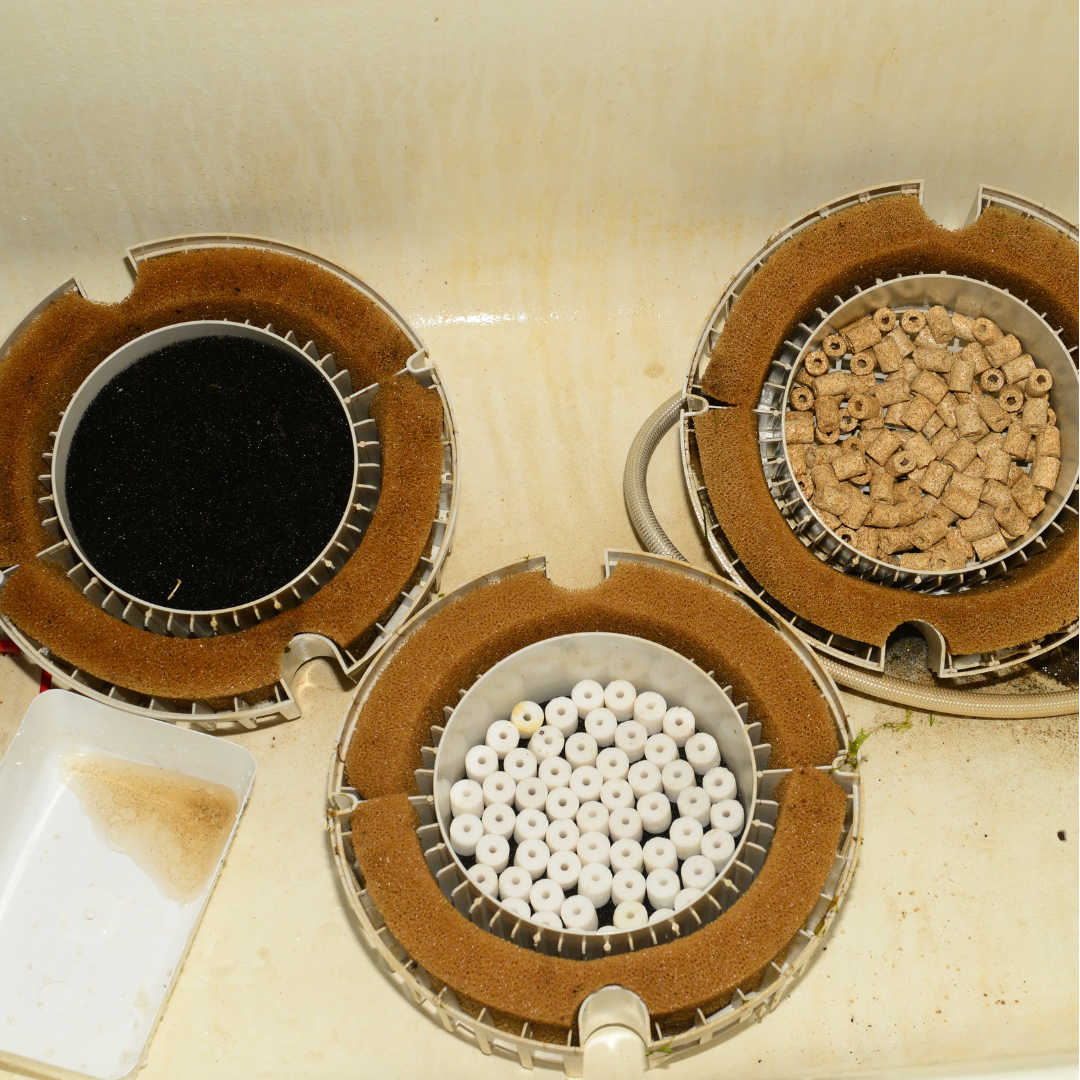
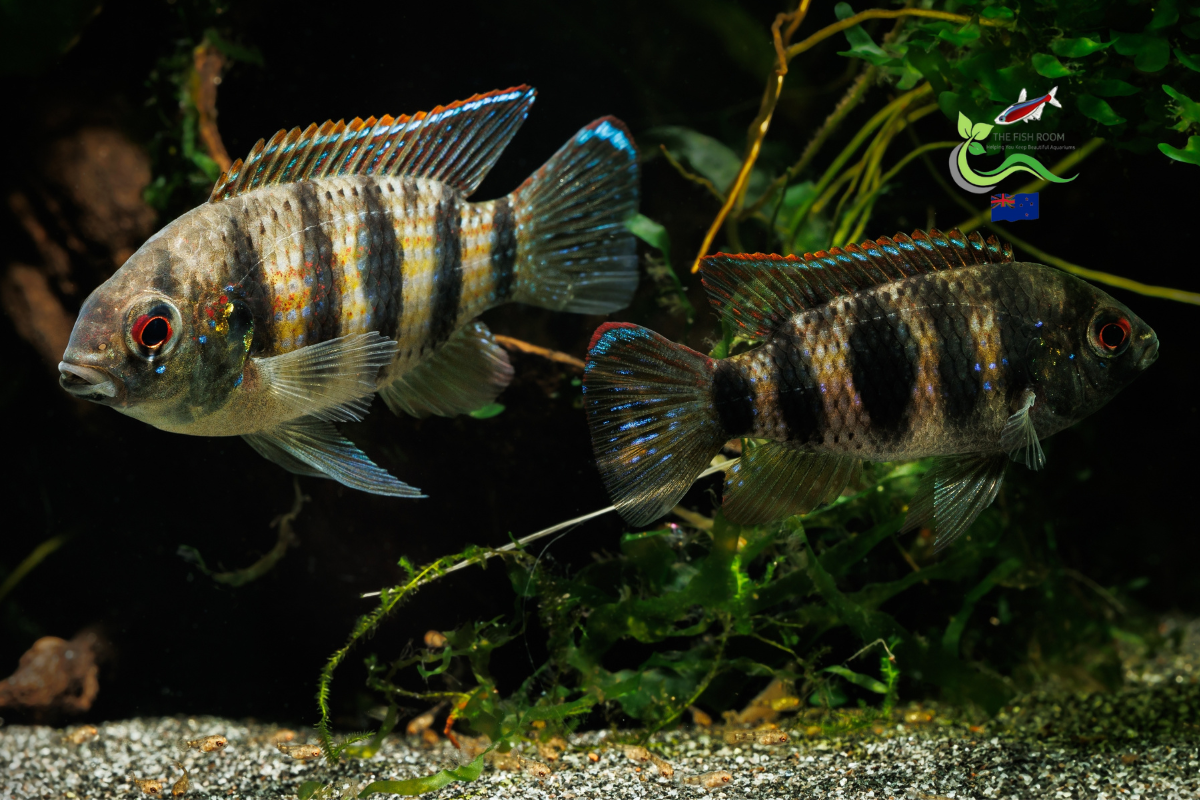
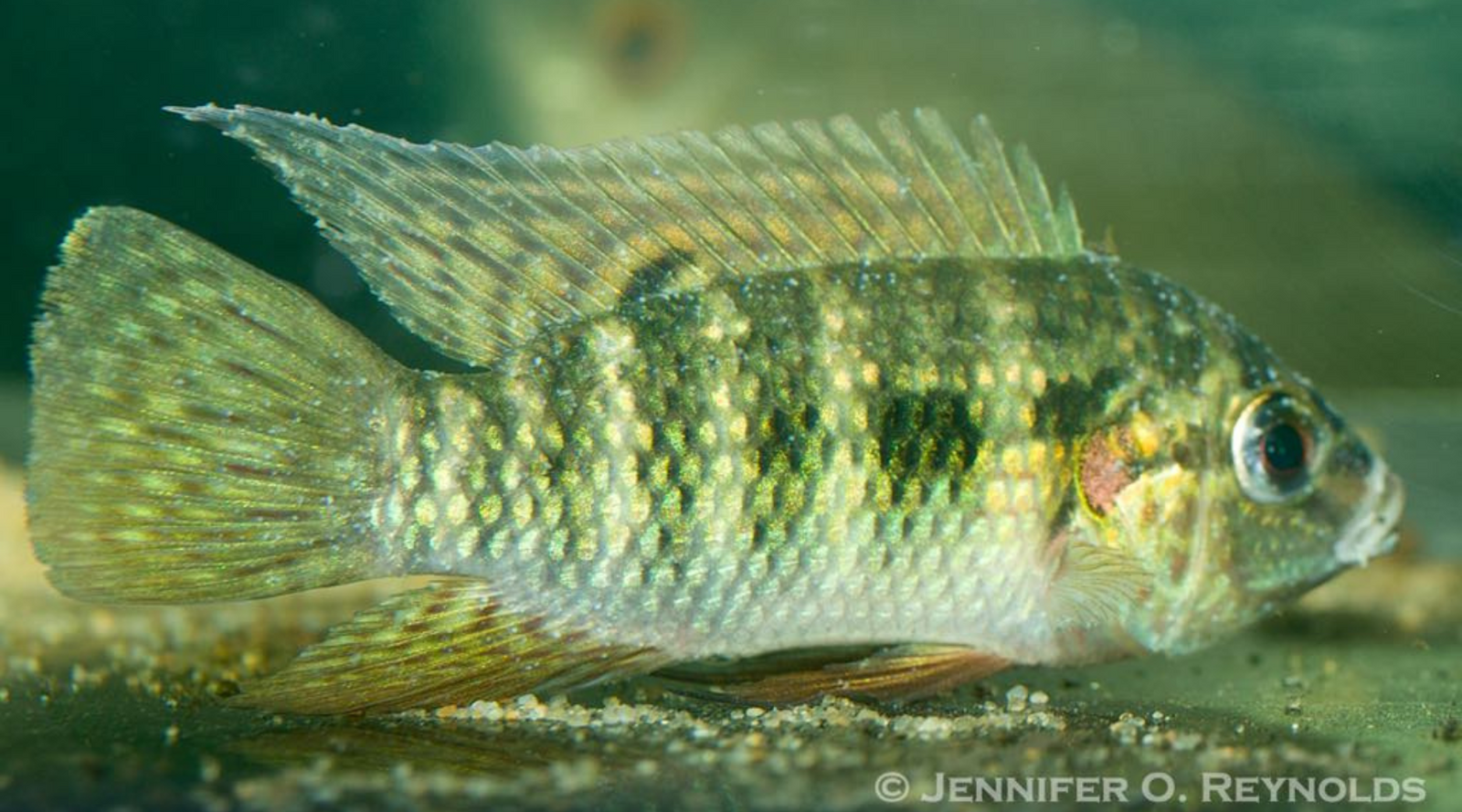
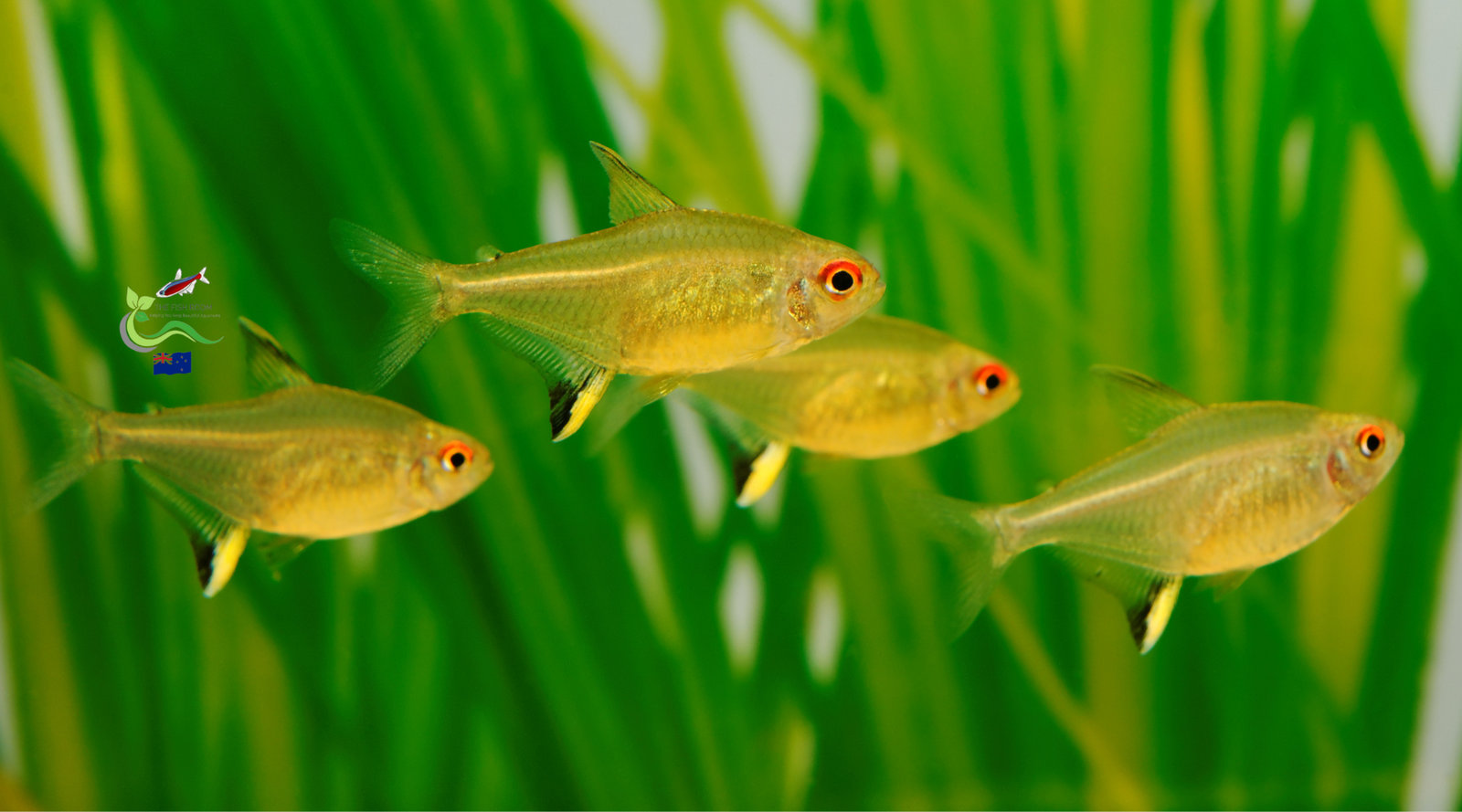
Leave a comment (all fields required)